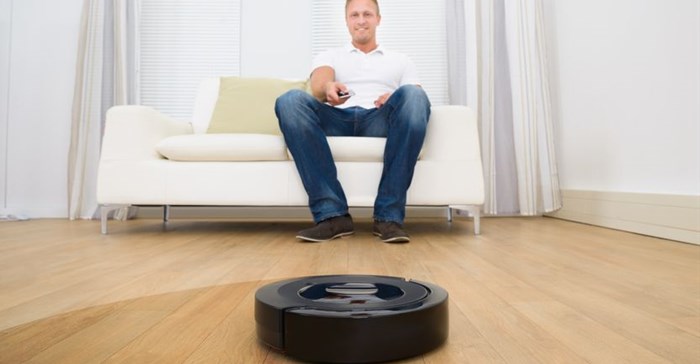Connected homes offer new opportunities

This Internet of Things (IoT) is set to grow over the next few years, and connected homes are moving inexorably towards smart automation. For the service provider, manufacturer or other enterprise, this opens up a host of new opportunities. Leveraging these opportunities is key to remaining relevant and competitive in the increasingly connected marketplace of the future.
The next revolution
Connected technology is not necessarily a new concept, however, the revolution of the connected home is driving the volume and variety of connected devices in an unprecedented manner. From relatively mature technologies such as smart metering and remote infrastructure monitoring to connected appliances that can proactively determine when maintenance and repairs are needed via remote diagnostics. From cloud-based technologies and big data analytics that can be used to develop significant insight into customer requirements to major solution and service innovation based on real demand.
The connected home is the next revolution, augmented by the growth of more sophisticated sensor and control technologies, mobile applications, network traffic, big data management, analytics and cloud computing. Further driving this revolution is the fact that consumers themselves are increasingly demanding mobility along with monitoring and control capabilities as part of their desire for an always-on digital lifestyle.
Many manufacturers are already catering to this demand with IP-enabled devices, and communication service providers are providing the support and platforms required for new and innovative services. The connected home also offers many opportunities for growth in the business and service provider markets, which will require the development of new business models and partnerships as well as the ability to embrace new technology and address or even create new markets. Some of these opportunities include delivering increased volumes of online content, media sharing solutions, video surveillance, converged technology solutions, enhanced healthcare and assisted living solutions, new revenue sharing and billing opportunities and more.
Challenges to meeting connected consumer needs
Developing solutions to meet the new and evolving needs of the consumer around the connected home is an almost limitless opportunity for service providers and other market players. However, as with any new technology, service or market, embracing these opportunities comes with a number of challenges. Chief among these is the rapid evolution of technology, which requires high levels of agility to keep on top of.
In addition, the sheer volume and variety of connected devices with different operating systems, communication protocols, and interfaces presents a challenge around integration and interoperability. Furthermore, increased legislation around data privacy and security is a challenge, as connected systems by nature capture and store vast amounts of user data and compromised data could lead to fines, other legal implications and reputational damage.
Addressing these challenges is essential for future success of connected solutions. In addition, in order to ensure maximum consumer uptake, it is essential to provide seamless, easy to use interoperability across devices. Services also need to be competitive and easy to understand, removing as much complexity as possible for the end user.
Driving success
To drive success, it is important to rethink around customer experiences in the real world using input from sensors and big data and think about how things can be done better. Ultimately, success in this space requires organisations, be they service providers, manufacturers or other industry players, to embrace new technology, deliver a seamless user experience, and drive innovation in an agile way, so as to take advantage of opportunities as they emerge.
Service providers need to be able to roll out new services to multi-party environments quickly and effectively. This requires a secured, open and flexible architecture that scales and enables integration of systems both now and in the future, as well as the ability to incrementally create and integrate new applications quickly and without major cost. For operators, the connected home revolution requires the ability to capture, securely store, manage, analyse and distribute the huge volumes of data the IoT will deliver, as well as the ability to generate and send out insight on this data in real time.
Legacy business models are no longer effective in the connected world. Success will require new partnerships between parties such as device manufacturers, service providers and system integrators, enabling them to work together to create seamless, end-to-end services and experiences for the end user. At the end of the day, in a consumer-driven world, success is all about delivering superior quality and a differentiated experience.




